



 (4 ratings)
(4 ratings)
As modern virtual reality welcomes its consumer moment with the impending releases of the HTC Vive and Oculus Rift, off in the distant far-less-sexy enterprise space exists a class of augmented devices that will eventually replace our smartphones. Currently, this industry is full of products that are cumbersome and ugly enough that you’d probably swipe left on Beyoncé wearing a pair, but this past week Meta, the maker of a cool augmented reality (AR) system, has begun taking orders for its Meta 2 development kit.

Meta was founded in 2012 by Gribetz, who started with a handmade prototype using Vuzix glasses and a Kinect motion-sensing system. It was $10,000. The original Meta that debuted two years ago was $667. And now Gribetz has demonstrated the newest technology, the Meta 2, at the recent TED conference, and it’s clear that the technology has come a long way.
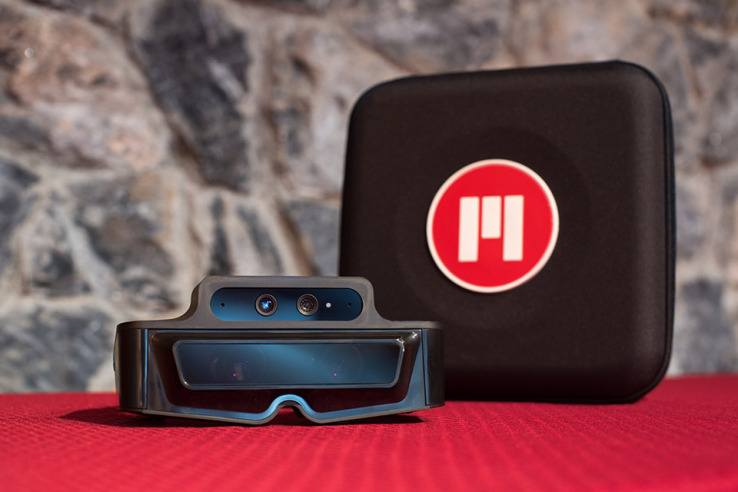
Augmented reality is expected to be a $90 billion market by 2020, according to tech advisor Digi-Capital. By that time, augmented reality glasses are expected to be so small and light that you won’t be able to distinguish them from regular sunglasses. On top of that, they’ll feel like they are extensions of your mind, according to Meta CEO Meron Gribetz.
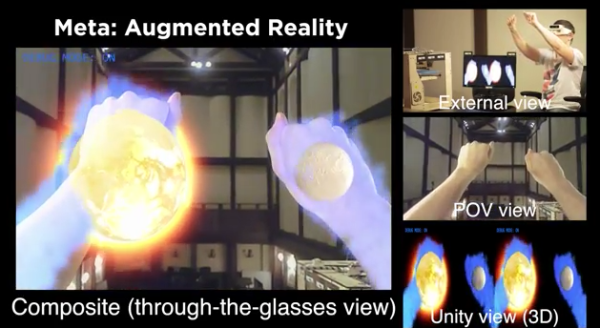
The original Meta (also tethered) had a FoV between 25 and 35 degrees which are quite small but comparable to other existing AR experiences, though still a bit less than HoloLens’ speculated FoV. The near 90-degree field-of-view on the new Meta 2 is more expansive than anything I’ve seen to date and was sizable enough that everything I was viewing felt like it had visual context and wasn’t just butting into my regularly scheduled line of sight. For comparison’s sake, the Gear VR mobile headset offers 98-degree field-of-view.
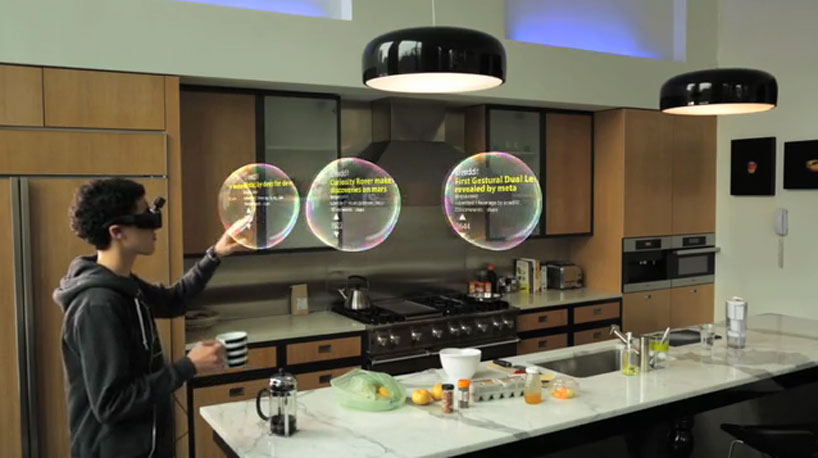
The Meta 2 enables hand interaction with digital content, something that the company calls a breakthrough in the field of AR, so people can touch, grab, and move digital objects intuitively, just as they do in the real world. The company has rivals such as Magic Leap, a Florida company that has raised $1.3 billion to build its AR glasses. The tethered nature of the Meta 2 is undoubtedly what makes a FoV of this size possible. Microsoft could likely physically do the same on the HoloLens but it’s all about tradeoffs at this point, and Microsoft chose to give developers all-in-one mobility where Meta chose to anticipate advances in technology and give developers a wired experience that it believes in can untether and shrink before Meta goes on to become a consumer product.
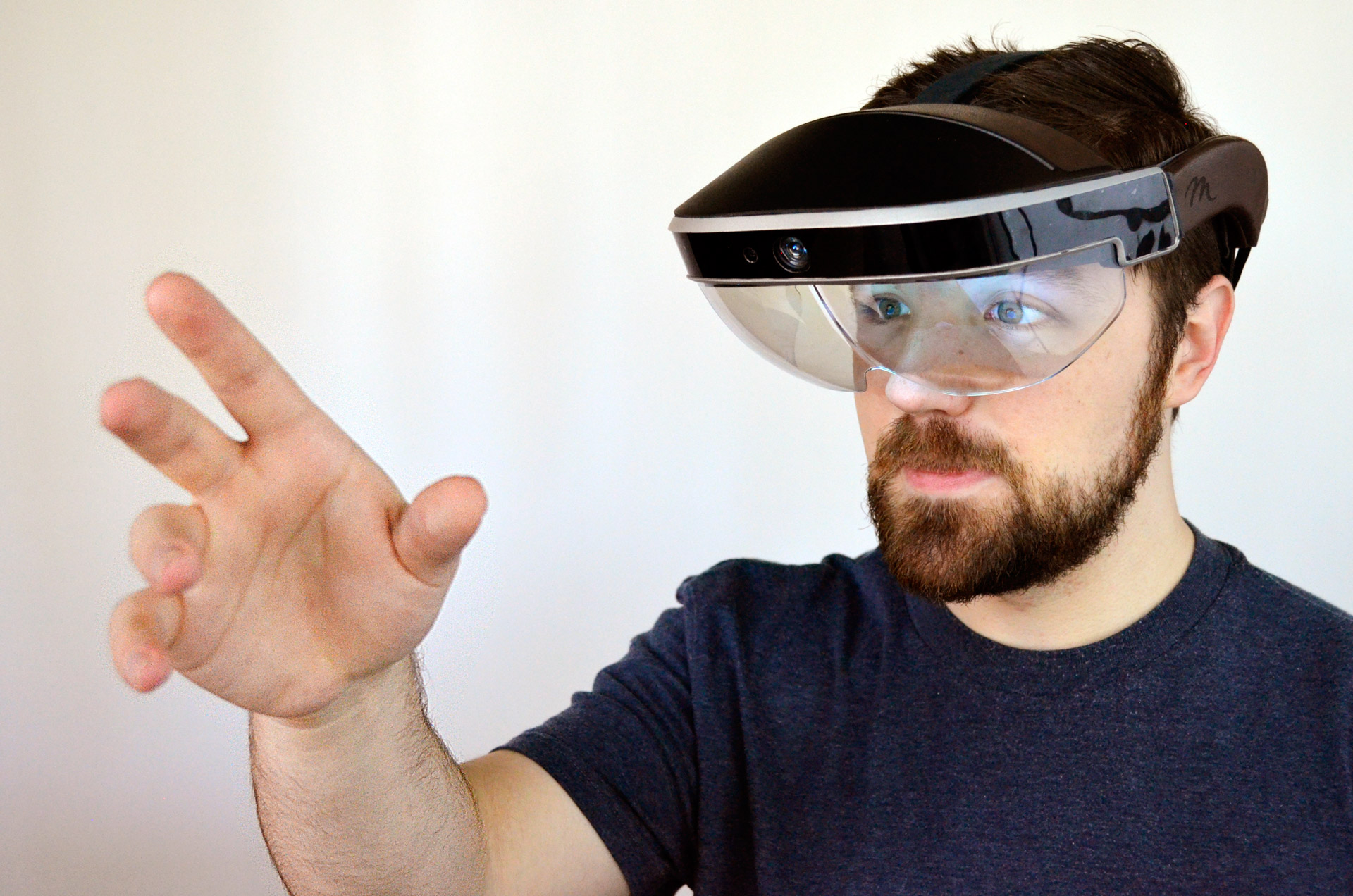
“We are creating an experience that merges the art of user interface design with the science of the brain, creating ‘natural machines’ that feel like extensions of ourselves rather than the other way around,” Gribetz said at TED. “For example, our natural hand motion doesn’t rely on clicks or buttons, thereby maintaining the flow and connecting people to each other and the moment.” Meta is working closely with developers to create Meta 2 applications that it hopes will fundamentally change the way people collaborate, communicate, and engage with information and each other. Developers are also creating compelling market-specific applications for Meta across a range of industries, including medicine, education, and manufacturing.
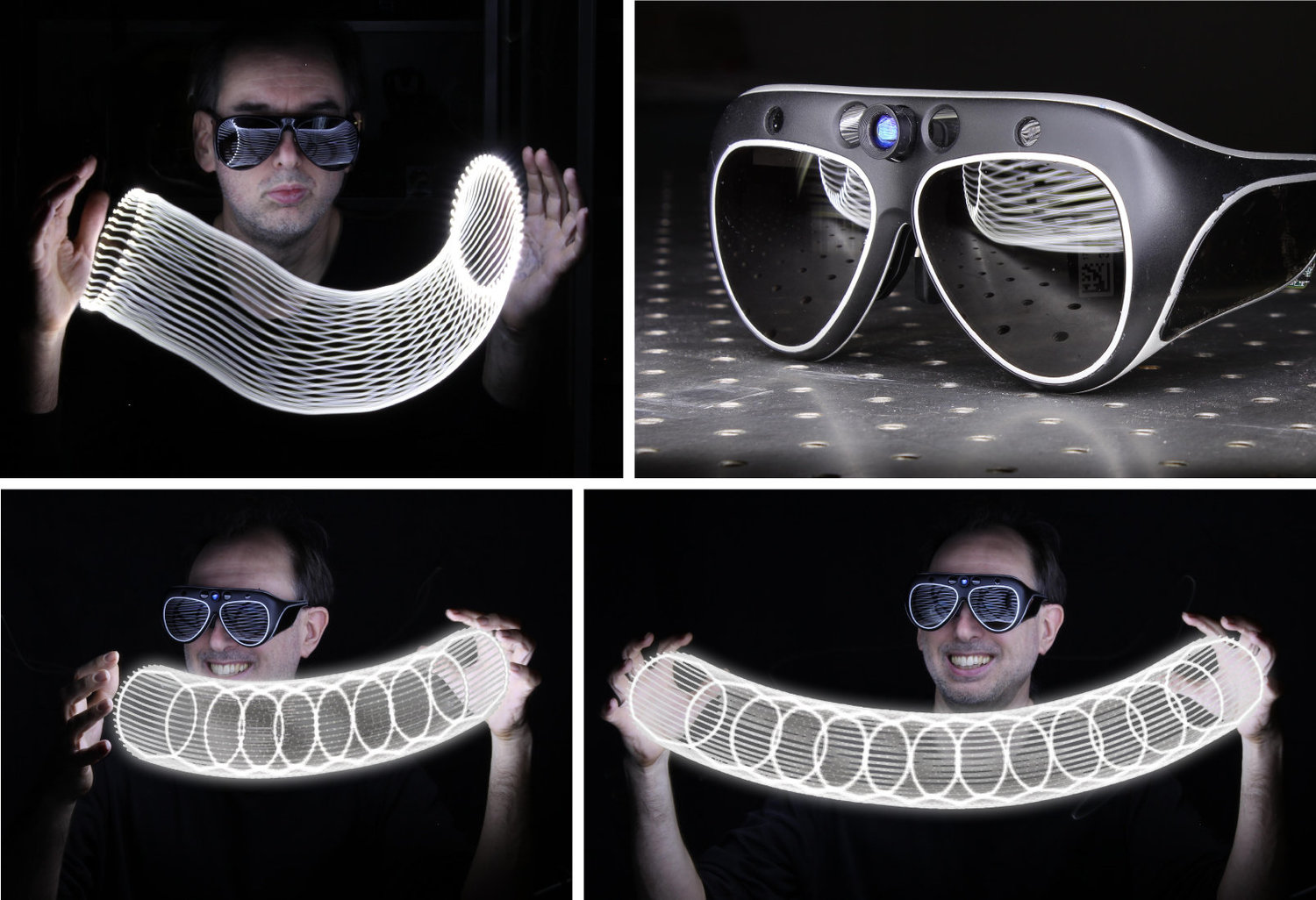
“Generation over generation you’re going to see a dramatic miniaturization,” Ryan Pamplin, Meta’s VP of Sales and Partnerships, told me. “Today it’s about getting it in the hands of all of the developers who have been waiting for this.” Meta CEO Meron Gribetz also believes these devices will shrink down significantly, but once that happens, he believes consumer focuses will shift away from hardware. “… in about 5 years, these are all going to look like strips of glass on our eyes that project holograms.” Gribetz said onstage at TEDx 2016 last month. “And just like we don’t care so much about which phone we buy in terms of the hardware; we buy it for the operating system, as a neuroscientist, I always dreamt of building the IOS of the mind, if you will.”
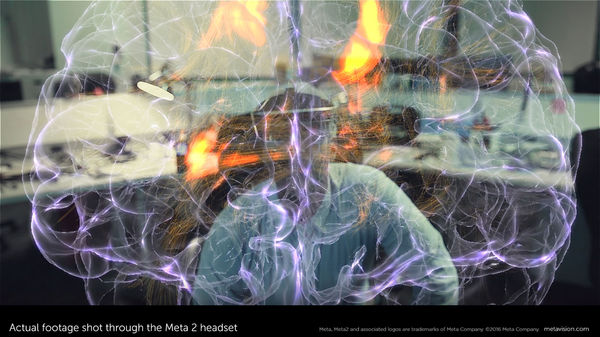
Christian Jacob, a professor at the University of Calgary in both the computer science and biochemistry molecular biology departments, is teaming up with Meta to create apps that provide new ways to view the human body and its physiology. “The potential for augmented reality to enhance teaching and learning in healthcare and medicine is incredibly exciting. Not only is AR technology revolutionizing how we perceive anatomy as a subject and field, it’s changing how we relate to our own bodies as we discover new ways of looking at what’s inside of us,” Jacob said, in a statement. “Just imagine using 3D models that are augmented and personalized with data that comes from our own health records. Meta 2 gets us even closer to the vision we’ve all shared. It’s totally exciting to watch and even more exciting to be a part of making it happen as a Meta developer.”
Watch The Video: Meta 2 is Making Augmented a Reality video
Even as companies like Meta and Microsoft prepare the releases of their dev kits, a strange beast looms on the horizon of augmented reality (i.e. somewhere in Miami). Magic Leap, which has raised nearly $1.4 billion from investors like Google and Alibaba, is building a light field display which will beam holographic images directly onto your eyeballs. Light field displays, which Pamplin called “exciting,” have the potential to dramatically shrink the size of today’s existing AR headsets.
Also Read: Samsung VR Gear and Zuckerberg Steals The Show At MWC 2016 Barcelona
The mainstream dominance of augmented reality seems flexibly inevitable. While virtual reality is grabbing early headlines with consumer devices headed to market, keep in mind that companies have been building expensive enterprise-focused VR headsets for decades to get to this point. The Meta 2 is an early step towards an augmented future I’m sure we’re at least a decade from, but innovative developers ready to hop on the platform when it launches later this year can likely get us a head start.
Gribetz dropped hints that his company has raised money for its next-generation product. But he wouldn’t say what that product was. The Meta 2 has a 90-degree field of view, a high-definition display (2560 x 1440), and a 720-pixel color camera.
Pre-orders of the $949 Meta 2 developer kit go live today and the company says devices will ship in Q3 of 2016.
Video Courtesy: TechCrunch
Get latest and updated information about technology on our Google Plus Community Page.